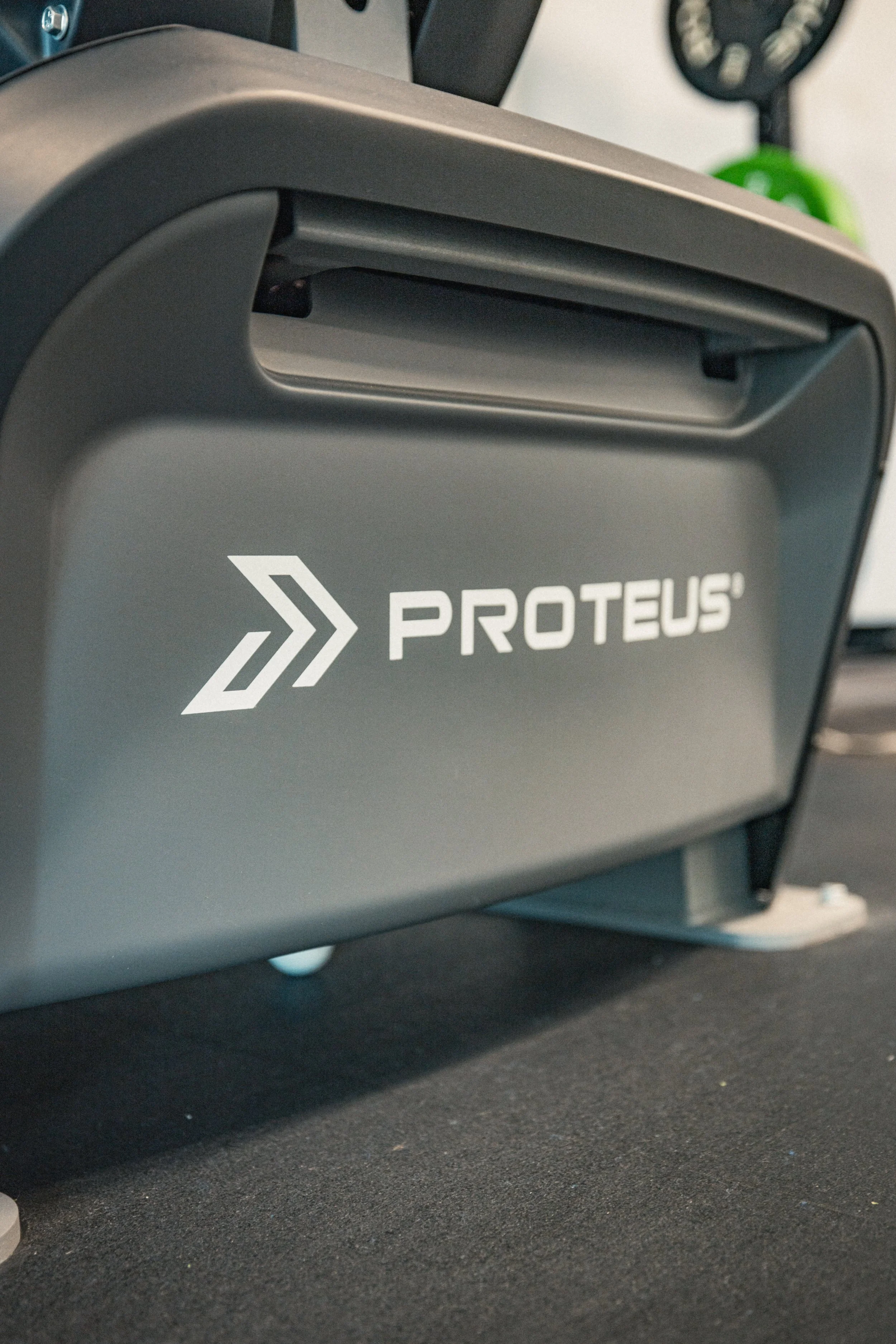The Importance of Performance Testing for Athletes
In the world of sports, success often comes down to the smallest of margins—whether it's a split-second decision, a precise movement, or the endurance to outlast an opponent. For athletes, maximizing performance is not just about training harder; it’s about training smarter. This is where performance testing comes into play. By systematically assessing an athlete's physical capacities, performance testing provides invaluable insights that can make the difference between mediocrity and excellence.
What is Performance Testing?
Performance testing involves a series of structured assessments designed to measure various aspects of an athlete's physical abilities. These tests can evaluate factors such as strength, speed, power, endurance, agility, flexibility, and even mental toughness. Performance testing is not just a one-time event; it’s an ongoing process that helps athletes and coaches track progress, identify areas for improvement, and tailor training programs to meet specific needs.
Why Performance Testing Matters
Objective Assessment of Abilities
Without concrete data, it’s difficult to know how effective a training program is. Performance testing provides objective measurements that allow our athletes and coaches to track their progress over time. This data-driven approach helps in setting realistic goals and measuring the effectiveness of training interventions.
Personalized Training Programs
Every athlete is unique, with different strengths, weaknesses, and physiological profiles. Performance testing enables our coaches to develop personalized training programs that address an athlete’s specific needs. For example, if an athlete is found to be lacking in explosive power but excels in endurance, their training program can be adjusted to enhance their power phase without compromising their stamina.
Injury Prevention
Overuse, improper technique, and muscle imbalances are common causes of sports-related injuries. Regular performance testing can help identify potential red flags before they lead to injury. For instance, if an athlete's performance in a certain area suddenly declines, it may indicate fatigue or an underlying issue that needs to be addressed, allowing for early intervention and prevention of serious injuries.
Tracking Long-Term Development
Performance testing is not just about immediate results; it’s about understanding an athlete’s long-term development. By regularly testing and recording results, athletes can see how their performance evolves over months or even years. This long-term perspective is crucial for making informed decisions about training loads, rest periods, and overall career planning.
Optimizing Performance for Specific Sports
Different sports require different skills and physical attributes. A sprinter needs explosive power, while a marathon runner needs endurance. Performance testing helps identify which specific attributes an athlete needs to focus on, ensuring that their training is aligned with the demands of their sport.
Key Performance Tests at Elevate
To fully understand an athlete’s capabilities, a variety of tests can be used. Here are three key performance tests:
Power Testing with the PROTEUS
The PROTEUS is a cutting-edge device designed to measure an athlete's power output across multiple planes of movement. Unlike traditional power tests that may only focus on linear movements, the PROTEUS allows for dynamic, 3D assessments. This means athletes can be tested in movements that closely mimic the demands of their sport, providing a more accurate measure of their true power. The data collected from PROTEUS testing can be used to tailor strength and conditioning programs to improve explosive power and overall athletic performance.
2. 5-10-5 Agility Test
The 5-10-5, also known as the pro agility test, is a popular measure of an athlete's lateral speed and agility. In this test, the athlete starts in the middle of a 10-yard distance, sprints 5 yards to one side, then 10 yards to the other side, and finally 5 yards back to the starting point. The goal is to complete the course as quickly as possible. This test is particularly useful for athletes in sports that require quick changes of direction, such as football, basketball, and soccer. The 5-10-5 agility test not only measures speed but also the ability to accelerate, decelerate, and change direction rapidly.
3. Vertical Jump Test
The vertical jump test is a straightforward yet powerful measure of lower-body explosive strength. During this test, an athlete jumps as high as possible from a standing position, and the height of the jump is measured. This test is a good indicator of an athlete’s power and explosiveness, especially in sports where jumping ability is critical, such as basketball, volleyball, and track and field. Improvements in vertical jump height can reflect enhancements in overall power and strength, making it a valuable test for many athletes.
Performance testing is a cornerstone of modern athletic training. It provides the data needed to optimize training programs, prevent injuries, and ensure that athletes are performing at their best. Whether you’re a coach, a sports scientist, or an athlete yourself, understanding the importance of performance testing can lead to more effective training, better results, and ultimately, greater success in competition. In the pursuit of athletic excellence, performance testing is not just an option—it’s a necessity.







